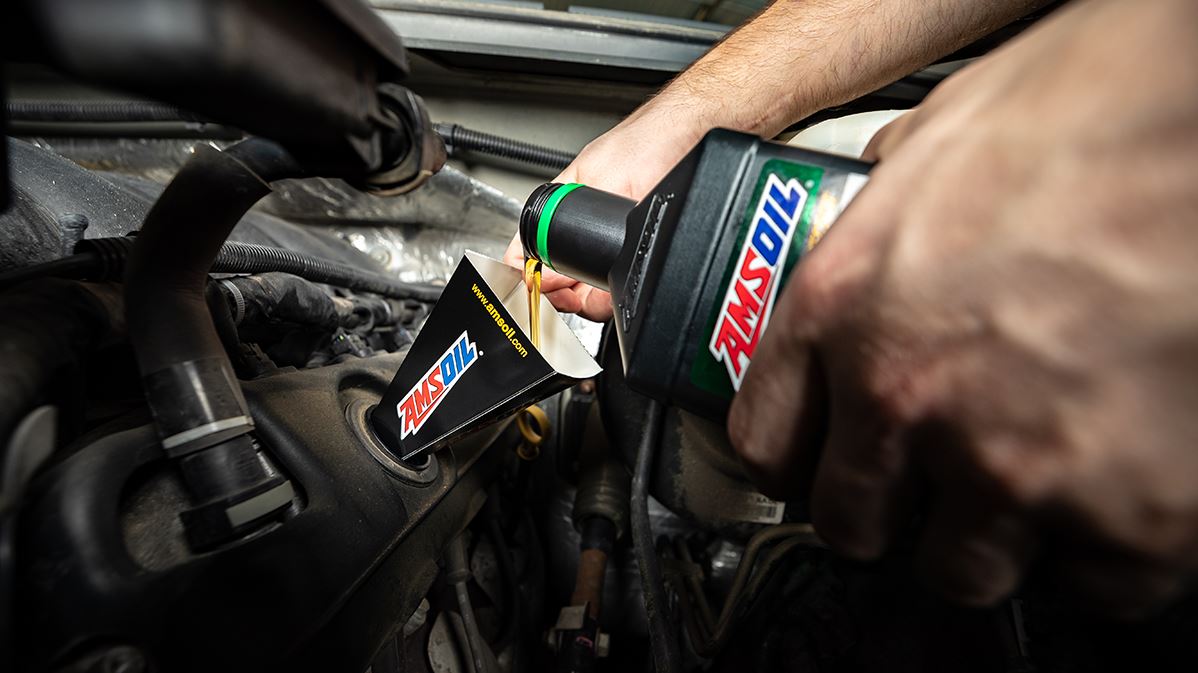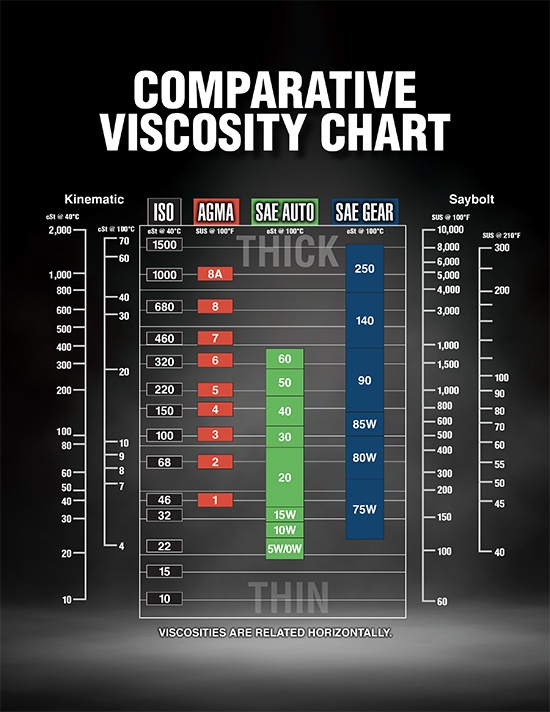Correcting common motor oil myths – Where did they come from? Motor oil myths abound. Here are five of the most persistent along with our myth-busting facts. by Brad Nelson Motor oil has drawn more than its fair share of myths. Its central role in vehicle longevity and performance has been understood since the beginning […]
You are browsing archives for
Category: Knowledge Base
Mechanicals 101 – What is Antilock Brake
What Exactly is Antilock Brakes in a Car? ABS stands for Antilock Braking System (antilock brakes). This system prevents your brakes from locking up, providing better control while braking. by Mr. Nelson | January 27, 2022 Antilock Braking System Overview ABS brakes do what the name implies – they keep your brakes from locking up […]
How to Read a Gear Oil Viscosity Chart
How to Read a Gear Oil Viscosity Chart Save this chart for your own use. As an AMSOIL dealer I use it several times weekly to show customers how things like a 20W-50 motor oil (motorcycle oil) can be also used as a gear lube.. Also how ranges of one oil is significant as a […]
Is High-Mileage Motor Oil a Gimmick?
Is High-Mileage Motor Oil a Gimmick? _by Keith Montgomery|October 25, 2023 In the last decade, the automotive lubricant industry has seen high mileage motor oils emerge and gain popularity for vehicles with more than 75,000 miles (120,000 km) on the odometer. These motor oils are advertised to combat the challenges that high-mileage engines face. But […]



